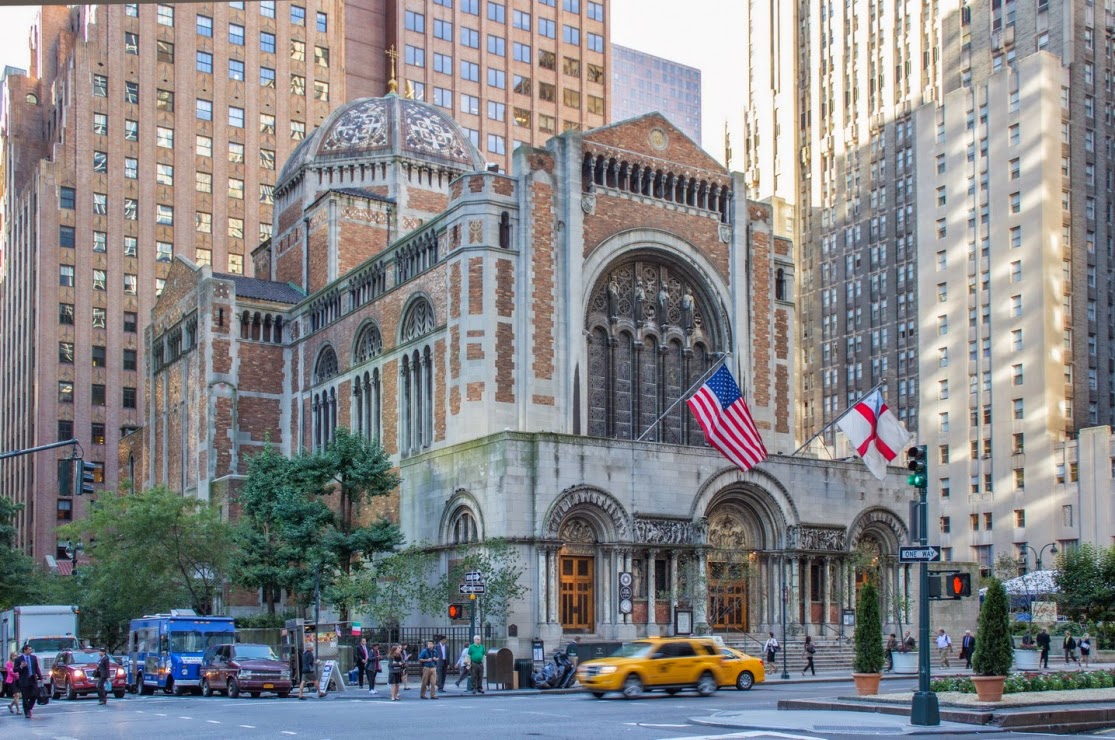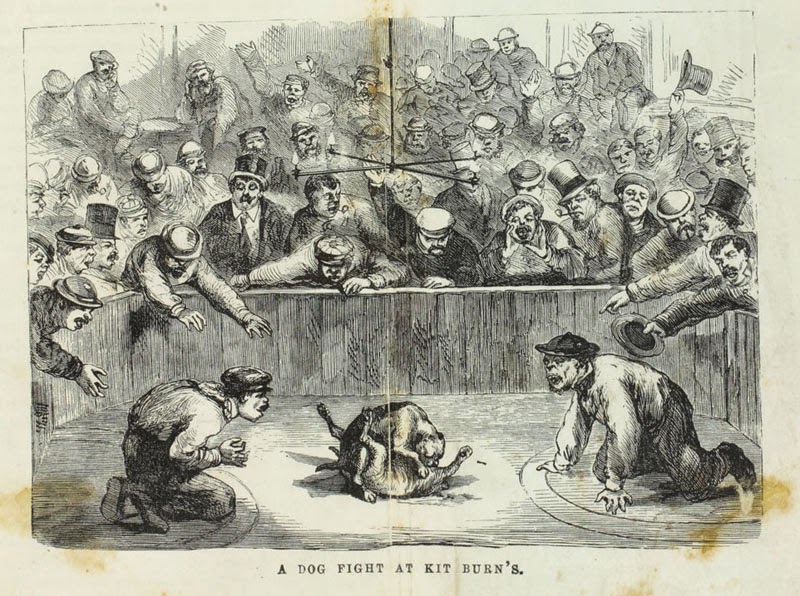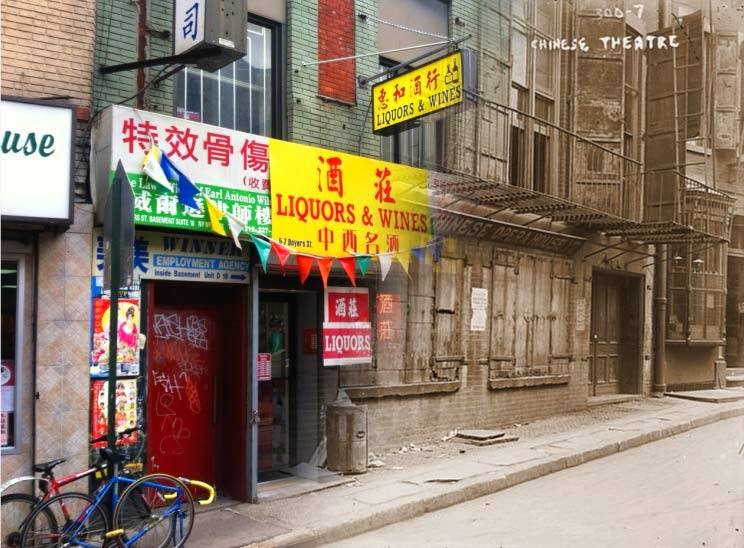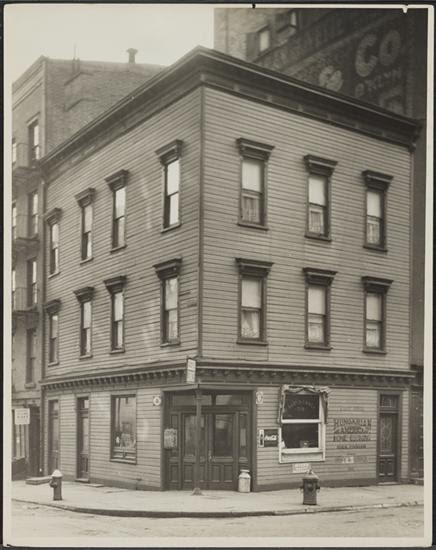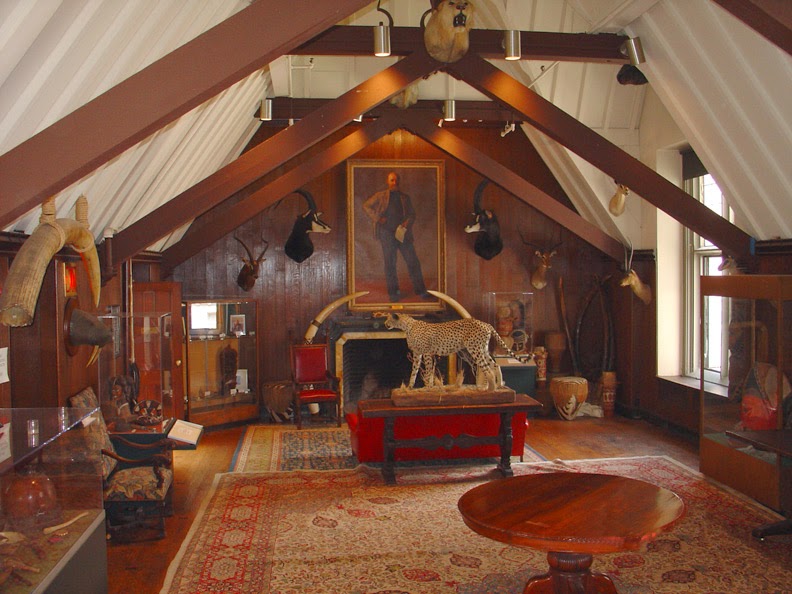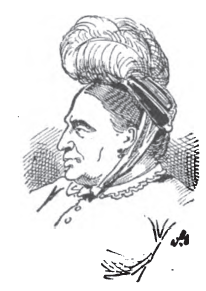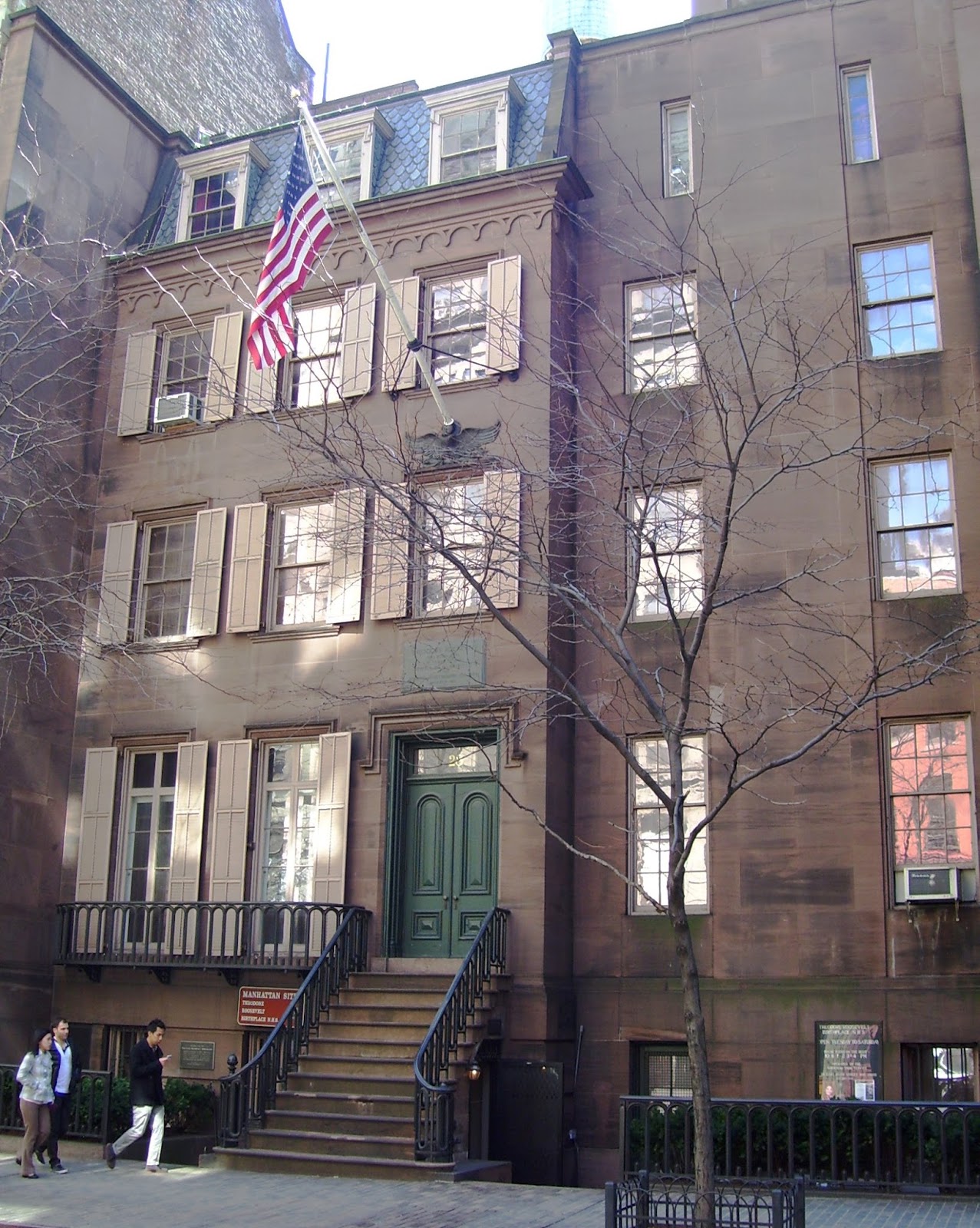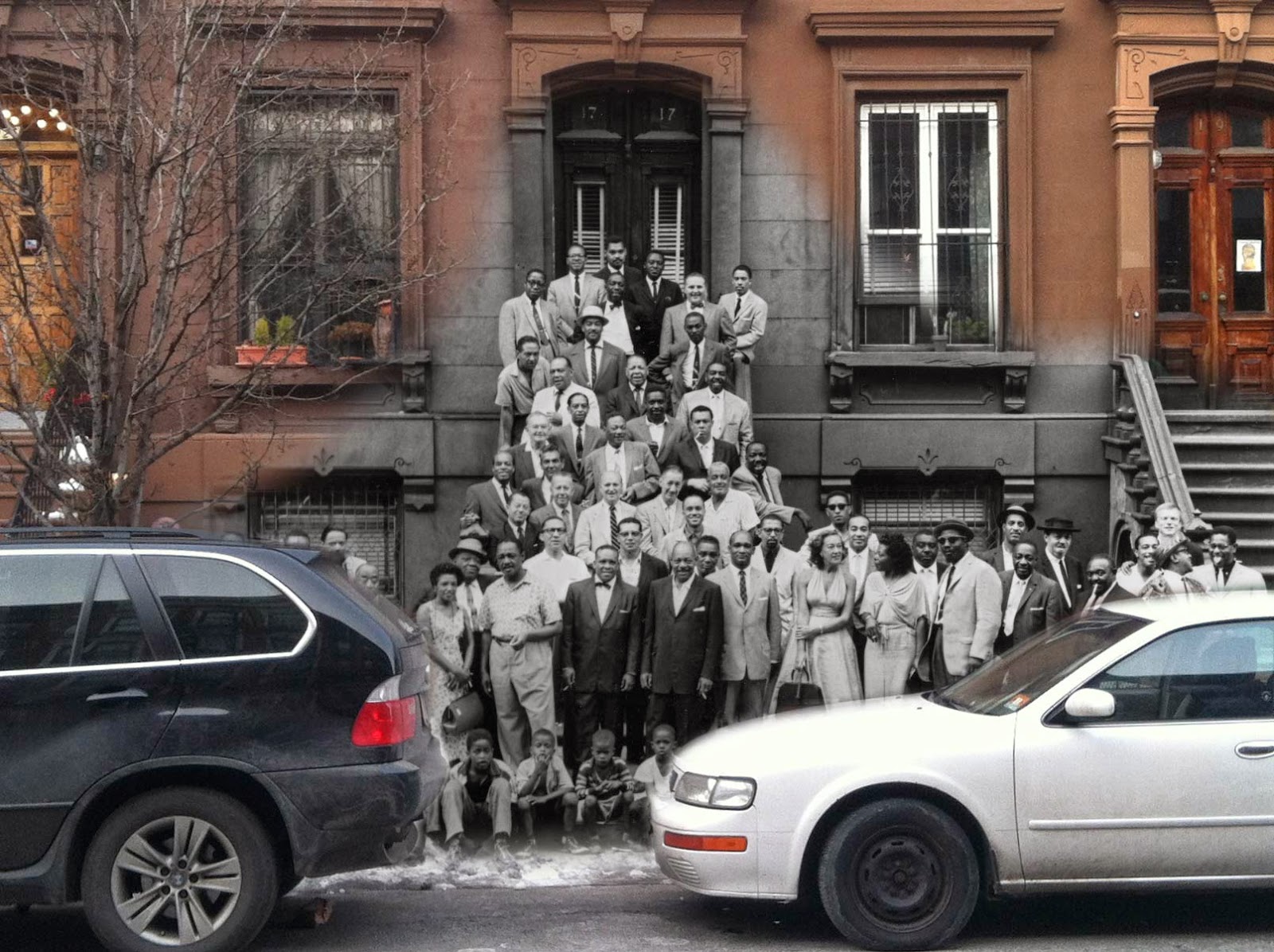Dinner and a Movie, for Over 100 Years, at 143 and 137 East Houston Street
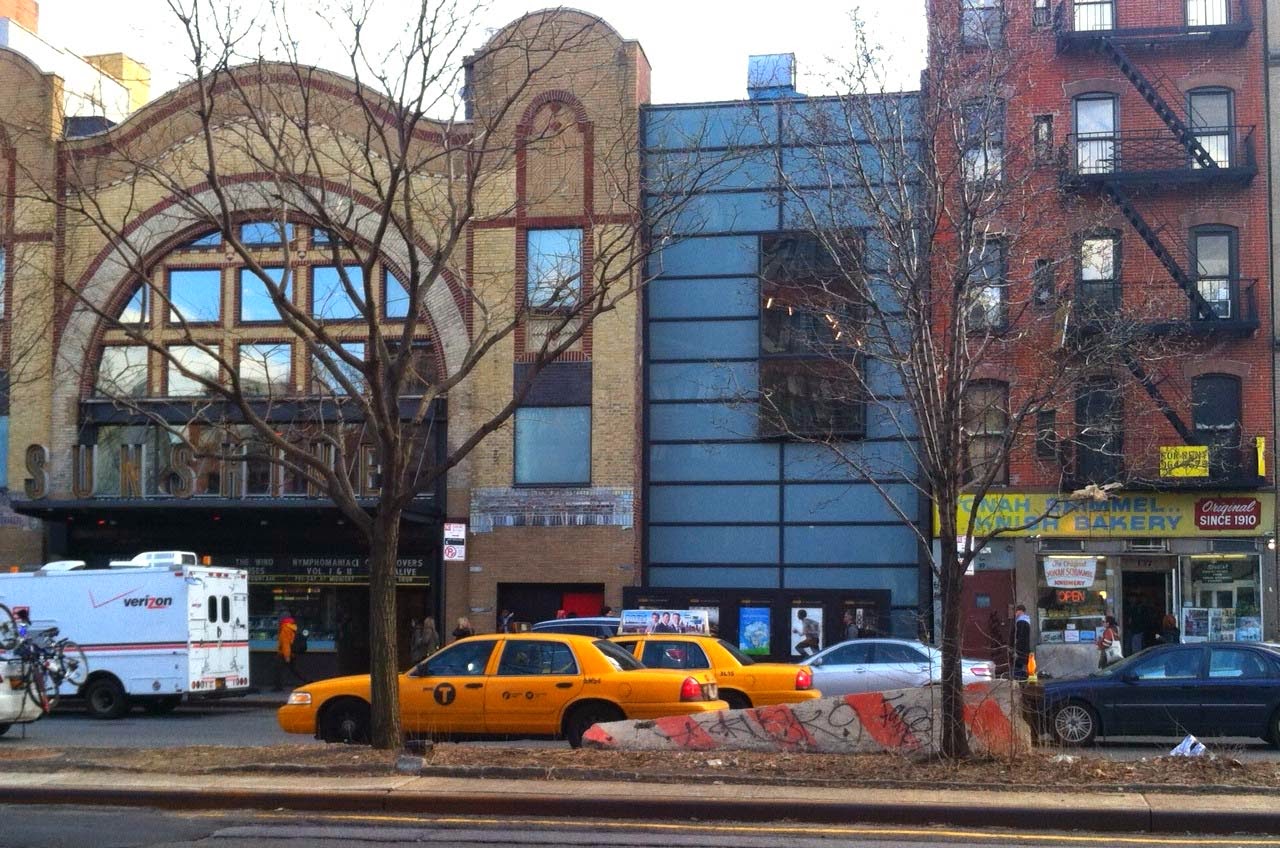
You probably already know that New York City is a haven for movie fans. There are dozens to choose from in Manhattan alone, from the multiplexes at 42nd Street and Union Square to the basement art theaters on 12th and 13th Streets. The Lincoln Center-66th Street stop alone has at least four movie theaters within a three block radius. My three favorite movie theaters in New York City can all be found on Houston Street. The Film Forum at 209 West Houston has been screening movies since 1970 when it was just a single projector and a few rows of folding chairs. It’s still fairly small, but it probably has the best repertory film program in New York City. For modern films, the A ngelika at Houston and Mercer has a terrific selection, and I’ve always been charmed by the occasional rumble of the 6 train rolling by. But if you’re looking for a great space, it’s hard to do better than the Landmark Sunshine at 143 East Houston. * With five screens stretched across three floors, the Sunshi
